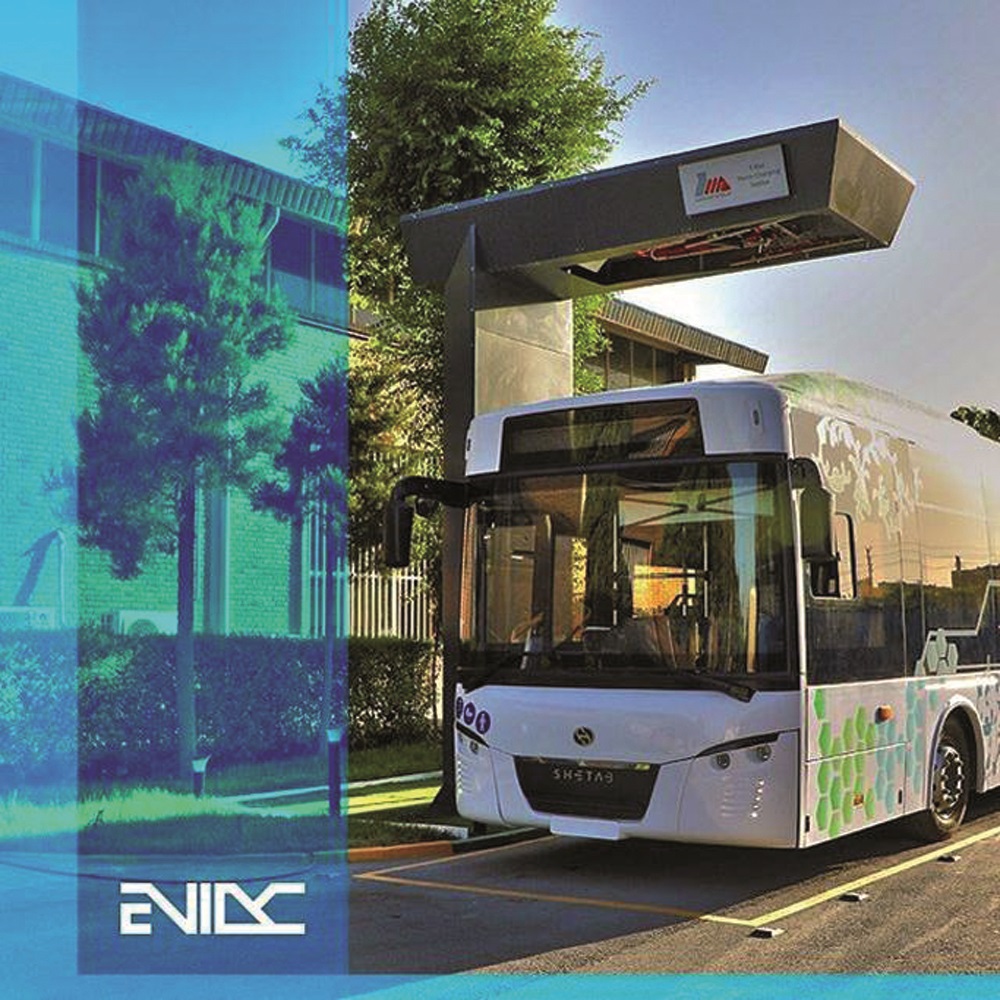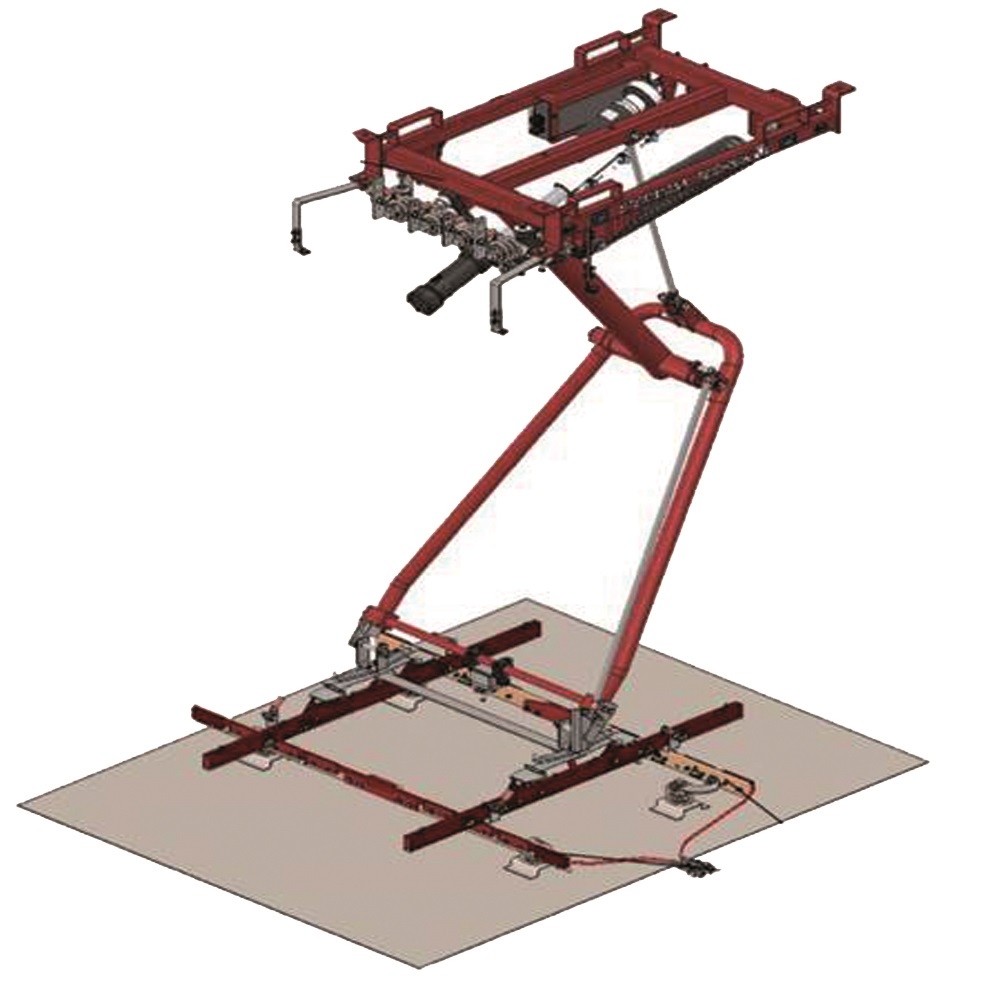Electric Bus Charging Equipment
- Overview
As the country seeks to expand the use of electricity in public transportation, preparing the infrastructure for charging urban electric buses seems a necessary step. Using a pantograph as a contact charging method is a suitable choice for transferring energy due to the high capacity of the bus battery. This equipment is usually used in special stations at the beginning and end of electric buses routes.
In the top-down charging method, the pantograph is mounted on a mast and placed at the charging station as the energy receiver is placed on the bus. The pantograph is one of the main parts of the charging system and is tasked to direct the current through a charging station to the current collectors installed on the roof of the bus. In general, this equipment is a mechanical arm that can be opened and closed by electrical and control systems. The pantograph can tolerate transfers up to 600kW with a maximum electric current of 900A.
The current collectors are mounted on the roof of the bus and are responsible for transferring energy from the pantograph to batteries.
Sepahan MAPNA Engineering & Equipment Manufacturing Company can perform all the stages of designing, supplying, and manufacturing this equipment.


- Technical Characteristics:
1 | Equipment designation | Pantograph |
1.1 | Type | single arm pantograph |
1.2 | Nominal system voltage | 920V/DC |
1.3 | Permanent voltage Umax1 | 1050V/DC (acc. EN 50163, Table 1) |
1.4 | Non-permanent voltage Umax2 | 1150V/DC (>1s, acc. EN 50163,Table 1) |
1.5 | Max. voltage Umax3 | 1400V/DC (<0,2s, acc. EN 50163,Table1) |
1.6 | Charging current – (end station) | 900A |
1.7 | Short circuit current (single event) | 3000A for 100ms |
1.9 | Supply voltage | 24V/DC |
- Projects
- Designing, supplying, and manufacturing two electric bus charging devices

 فارسی
فارسی Français
Français العربية
العربية